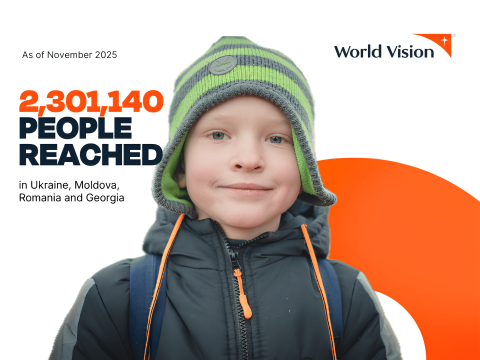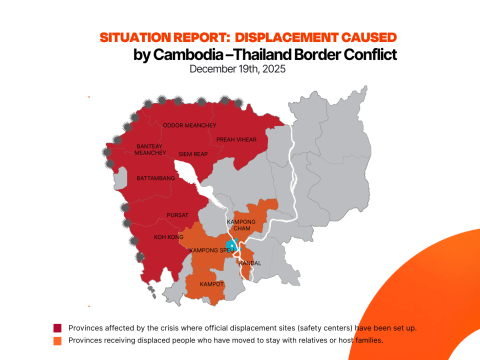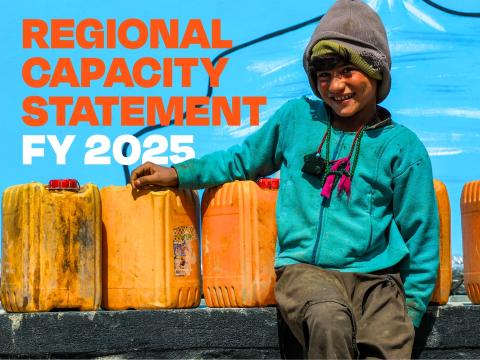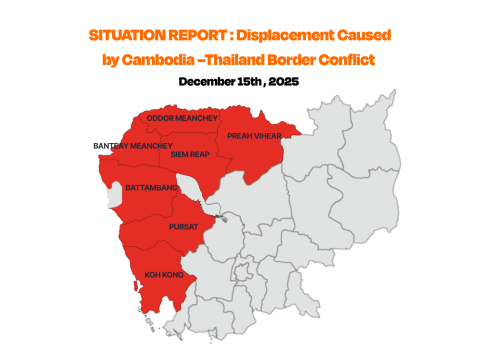Kenya - June 2019 Situation Report
Download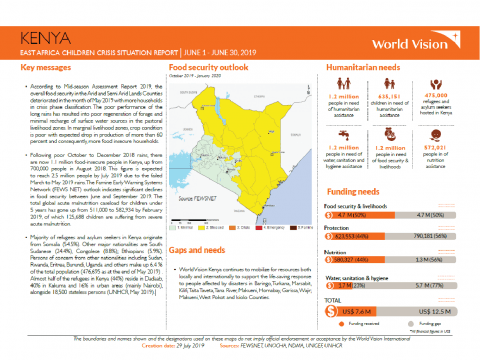
- According to Mid-season Assessment Report 2019, the overall food security in the Arid and Semi Arid Lands Counties deteriorated in the month of May 2019 with more households in crisis phase classification. The poor performance of the long rains has resulted into poor regeneration of forage and minimal recharge of surface water sources in the pastoral livelihood zones. In marginal livelihood zones, crop condition is poor with expected drop in production of more than 60 percent and consequently, more food insecure households.
- Following poor October to December 2018 rains, there are now 1.1 million food-insecure people in Kenya, up from 700,000 people in August 2018. This figure is expected to reach 2.5 million people by July 2019 due to the failed March to May 2019 rains. The Famine Early Warning Systems Network (FEWS NET) outlook indicates significant declines in food security between June and September 2019. The total global acute malnutrition caseload for children under 5 years has gone up from 511,000 to 582,934 by February 2019, of which 125,688 children are suffering from severe acute malnutrition.
- Majority of refugees and asylum seekers in Kenya originate from Somalia (54.5%). Other major nationalities are South Sudanese (24.4%), Congolese (8.8%); Ethiopians (5.9%). Persons of concern from other nationalities including Sudan, Rwanda, Eritrea, Burundi, Uganda and others make up 6.4 % of the total population (476,695 as at the end of May 2019) . Almost half of the refugees in Kenya (44%) reside in Dadaab, 40% in Kakuma and 16% in urban areas (mainly Nairobi), alongside 18,500 stateless persons (UNHCR, May 2019).
Share
